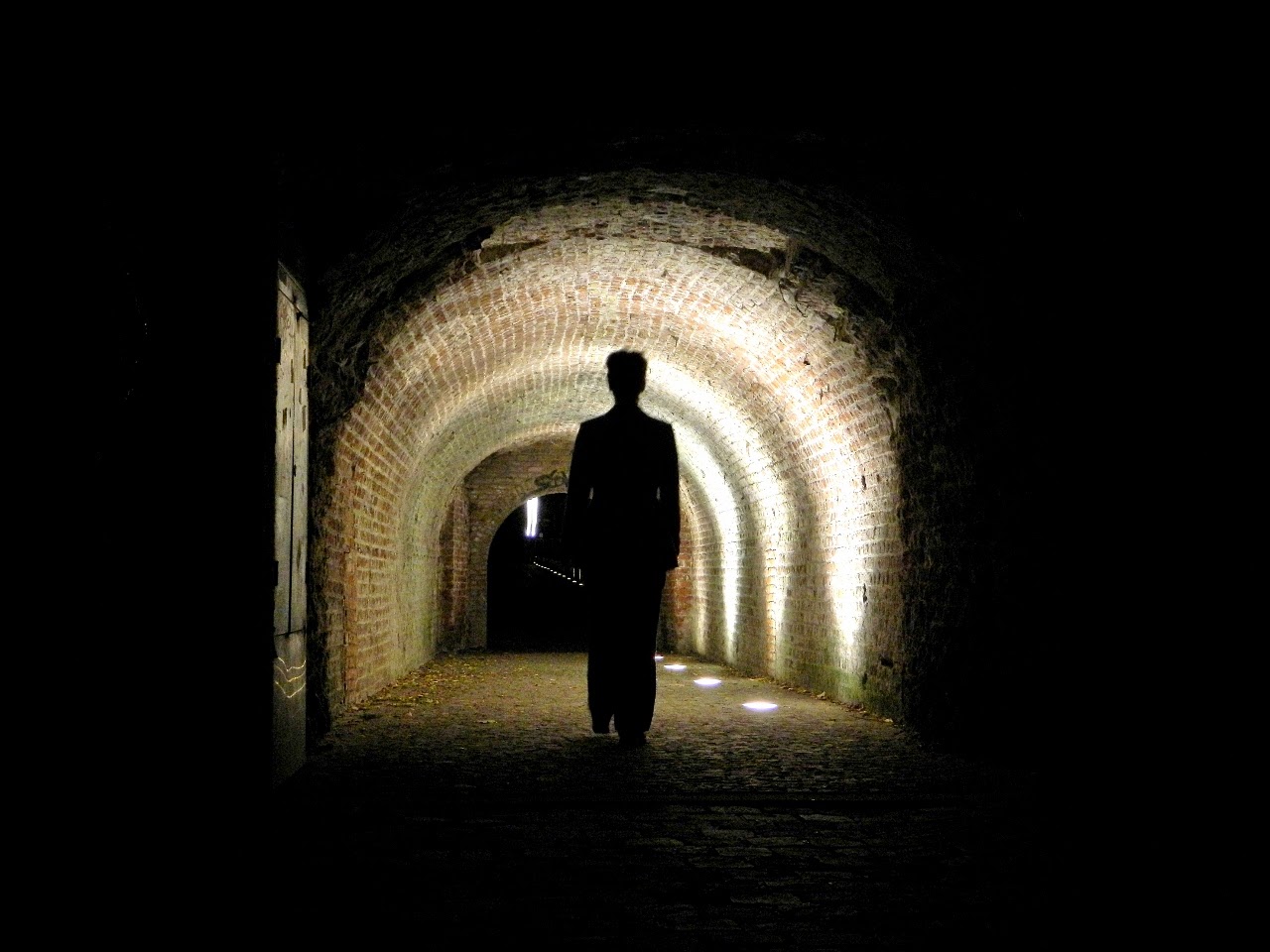Our destination was Ypres from where we collected a hire car and drove the short distance to Lille to meet Marg and Doug from their Eurostar adventure. Declaring their first train trip in decades to be ‘a doddle’ they were soon settled into their hotel on the impressive Grote Markt with a prime view of Ypres’ summer festivities and fireworks.
Our visit to the nightly service at the Menin Gate at 8pm was the first of many moving experiences in and around the town.


We spent a few days driving around the now tranquil and very pretty landscape and visiting the many cemeteries of the First World War.
Ypres itself was rebuilt brick by brick by the returning refugees who had fled their homes and smallholdings. Their effort began in 1920 and concluded in 1958 when the mediaeval centre was finally completed.
The Flemish architecture of high roofs and stepped gables topping tall brick terraced buildings with small leaded windows set in stone mouldings is captivating, and lends to the town a fairy-tale charm despite its gruesome history.


The scale of death and suffering caused by the war is hard to comprehend. Peaceful fields full of crops ready for harvest are as likely to hold row upon row of white headstones as they are golden heads of corn.
The marble monuments that record the names of hundreds of thousands of missing men seem to grow out of the landscape alongside the trees and hedgerows that have been re-planted.
An informative and moving visit to the new museum dedicated to the battle at Passchendaele gave a graphic and touching insight into the lives of the men both above and below ground in the trenches.
We spent more than two hours wandering around the museum. Simon’s recent work on the BBC’s WW1 centenary programming helped us all to understand so much about what life was like during the Great War.

A day’s visit to Bruges was a welcome break and we enjoyed a boat trip along the famous canals admiring the pristine Flemish architecture and hearing from our guide about the harsh reality of last winter.
Apparently, the canals froze and then flooded causing the pleasure boat owners and many waterside restaurants to lose their incomes, and for some, their business. It sounded horrendous… but doesn’t the canal freeze over most years and aren’t the locals prepared for such events? We couldn’t help noticing the very large and healthy tips being handed over after the excursion ended.


Dodging the crowds of organised tours of American and Asian groups we ducked into the town’s famous ‘beer huis’ to sample a few local Belgian beers.
A foray into France for lunch meant we could stroll along the impressive wide boulevard of Dunkirk’s seafront in the sunshine and consider the famous evacuation of British and French troops from the beach a mere 22 years after the conclusion of the ‘war to end all wars’. On our way we visited the lovely Belgian border town of Veurne.

Evenings were spent at the Menin Gate and then in the restaurants of the Grote Markt enjoying Flemish hospitality and just a few ‘frites’ along the way. Our nightly moonlit walk through the thick fortress walls back to our campsite took on an international feel as crowds of young athletes arrived for the town’s annual summer games.
We were all touched by the charm and cheerfulness of the locals who, despite the gathering crowds of visitors, made dipping into life in their bustling town a relaxed and enjoyable affair.















